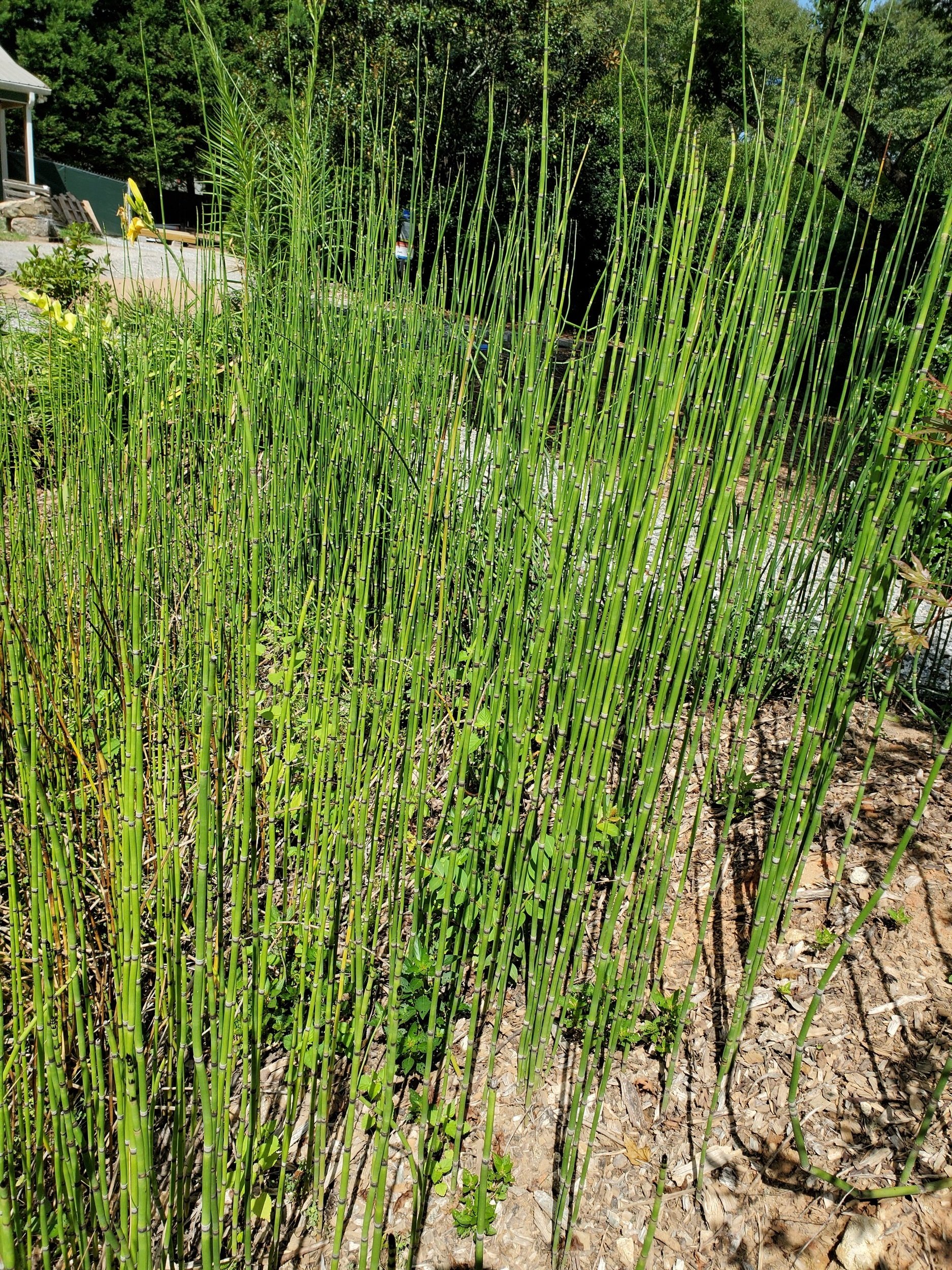Daffodils and bearded Iris have long faded, and summer annuals are approaching their peak, delayed by this year’s unusually cool spring. In the interim, Iris ensata is putting on a show. Large, flat flowers on strong, thin stems float above narrow, strap-like foliage. Mention “Iris” and most people think of the bearded types, or Siberian, or the petite, crested variety. Showy Iris ensata deserves wider appreciation.
Iris ensata is also called Japanese Iris or Japanese Water Iris. It prefers damp soil and will even tolerate brief periods of standing water, but it is tolerant of average moisture. Like bearded Iris, Japanese Iris arise from fat rhizomes. Unlike their beaded cousins, they prefer to be planted with the rhizome vertical. They want full sun and an acidic soil, and are winter hardy in zones 5-9. Most varieties have blue or purple flowers, but a few are pink or white. While they have standards and falls, the flattened flowers remind one of a large butterfly. They do not have fuzzy beards. When in bloom, the stems can rise to 3-4 feet.
Iris ensata flowers have a long vase life. Plants are deer resistant. Introduce a few of these bulbs to the mixed border, where the summer flowers can be enjoyed over shorter companions that will hide the unremarkable foliage when they are not in bloom. Divide every 3-4 years to maintain good flowering.
Iris ensata ‘Pinstripe’
These were a passalong gift from a gardening friend. They live happily along a creek bank that floods occasionally.

















































